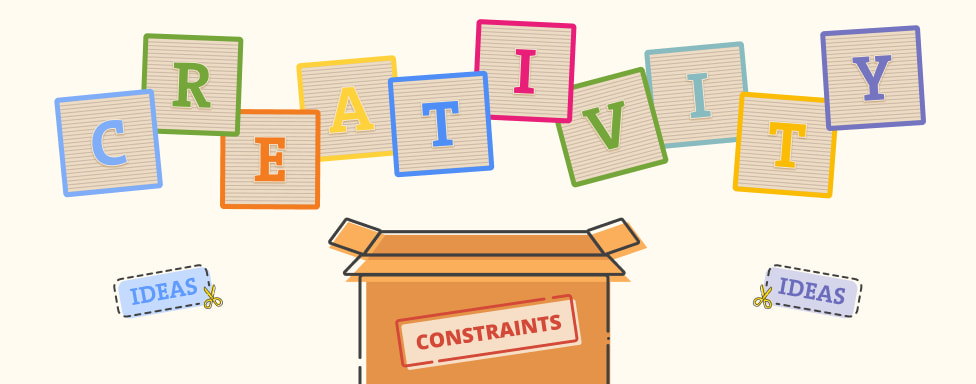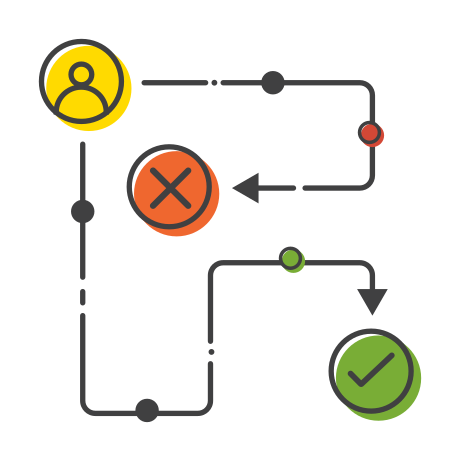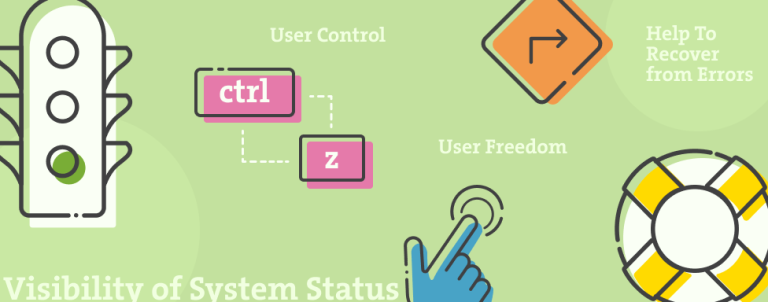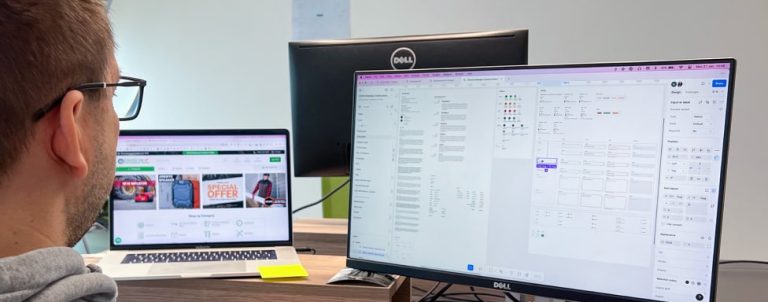In a world where unlimited resources seem ideal for creative success, the truth is sometimes counterintuitive: constraints—limitations in time, budget, scope, or resources—are powerful catalysts for innovation. Far from stifling creativity, well-defined constraints provide structure, focus, and purpose, helping individuals and teams break free from the paralysis of boundless choice.
The Paradox of Constraints
At first glance, constraints appear restrictive, limiting the freedom necessary for creativity. However, when used effectively, they become a designer’s best ally. Psychologists refer to this phenomenon as “productive constraints,” where boundaries force individuals to think laterally, finding innovative solutions that might not emerge under limitless conditions.
As Harvard Business Review study showed:
We reviewed 145 empirical studies on the effects of constraints on creativity and innovation, and found that individuals, teams, and organizations alike benefit from a healthy dose of constraints. It is only when the constraints become too high that they stifle creativity and innovation.
Research on creativity highlights that too much freedom can be overwhelming. Without constraints, decisions become harder, and creative processes risk drifting aimlessly. Constraints transform vague aspirations into actionable challenges, offering a framework to channel imagination toward tangible goals.
Why Constraints Enhance Creativity
- Encouraging Resourcefulness: When resources are limited, you’re forced to prioritize. In UX/UI, this means distilling your ideas down to their essence—removing distractions to focus on what really matters to the user. For example, designing a checkout flow for an eCommerce platform under a tight budget means asking yourself: What’s the bare minimum a user needs to complete their purchase easily?
- Focusing Ideas: Constraints narrow the playing field, making it easier to zero in on achievable outcomes. In design, for instance, adhering to accessibility guidelines or following existing brand guidelines creates a clear path for creativity to flourish.
- Enabling Originality Through Problem-Solving: When conventional solutions are impossible due to constraints, creators are pushed to think unconventionally. This often leads to breakthroughs that redefine or simplify already existing processes.
- Encouraging Collaboration: Working within constraints usually means consulting your team more often to help you find the best solutions. This means more cross-team communications and more brainstorming sessions, which can strengthen bonds and flush out some innovative ideas.
Constraints in Design and Innovation
The design industry provides a wealth of examples illustrating the benefits of constraints. In user experience (UX) design, constraints such as platform specifications, accessibility standards, or tight deadlines guide teams toward creating focused, user-centered products.
“According to the studies we reviewed, when there are no constraints on the creative process, complacency sets in, and people follow what psychologists call the path-of-least-resistance – they go for the most intuitive idea that comes to mind rather than investing in the development of better ideas. Constraints, in contrast, provide focus and a creative challenge that motivates people to search for and connect information from different sources to generate novel ideas for new products, services, or business processes.”
– Harvard Business Review
For example, when designing for mobile devices, screen size becomes a constraint. This limitation inspires designers to prioritize essential features, resulting in more intuitive and streamlined user interfaces. Similarly, environmental sustainability constraints in product design have spurred innovations in materials and processes.
Strategies to Utilize the Power of Constraints
- Define Clear Boundaries: Establishing specific, actionable constraints ensures the challenge is neither too broad nor too restrictive.
- Adopt a Mindset of Opportunity: Reframe constraints as opportunities for creativity rather than obstacles. This mental shift can transform frustrating limitations into exciting puzzles to solve.
- Iterate, iterate, and iterate: Use constraints to guide your iterations. This allows for quick feedback and continuous improvement, and iterating within constraints ensures that solutions are practical and scalable.
- Collaborate Across Disciplines: Diverse teams bring varied perspectives to the table, turning constraints into opportunities for collective problem-solving.
Turning Challenges Into Opportunities
Constraints fuel the creative process by providing structure, direction, and a challenge to overcome. They force us to push boundaries, test assumptions, and embrace unconventional thinking.
Whether in design, business, or personal projects, the key to thriving under constraints is adopting a mindset that views them not as limitations, but as springboards for growth. In the world of UX/UI, they help designers strip away excess, focus on user needs, and think outside the box. Whether you’re working on an eCommerce platform or a personal project, the key is to embrace constraints as part of the design process—not something to fight against.




